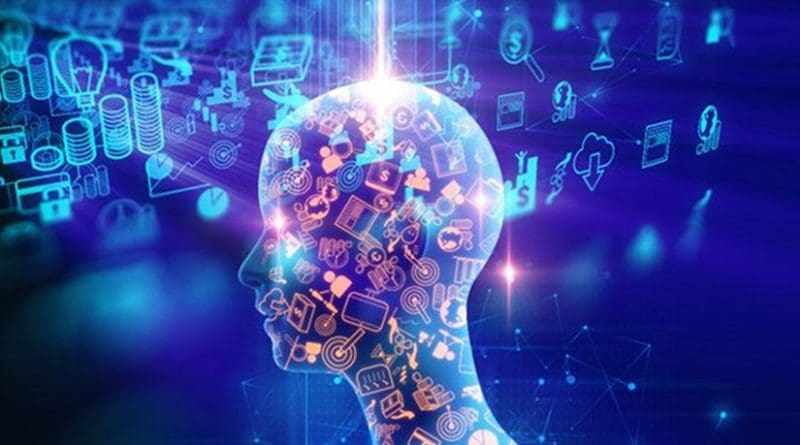Science’s 2021 Breakthrough Of The Year: AI-Powered Protein Prediction
For nearly 50 years, scientists have struggled to solve one of nature’s most perplexing challenges – predicting the complex 3D shape a string of amino acids will fold into as it becomes a working protein. This year, scientists have shown that artificial intelligence (AI)-driven software can achieve this long-standing goal and predict accurate protein structures by the thousands. To honor this feat, Science has named AI-powered protein prediction as its 2021 breakthrough of the year.
“This is a breakthrough on two fronts,” writes Science Editor-in-Chief Holden Thorp in a related Editorial. “First, it solves a scientific problem that has been on the to-do list for 50 years… Second, it’s a game-changing technique that, like CRISPR or cryo-EM, will greatly accelerate scientific discovery.”
Proteins are the building blocks of life and their functions – central to nearly all biological processes – are directly related to their three-dimensional shape. Once, determining a protein’s structure was a time consuming and costly processes, requiring complicated lab analyses. And, while attempts to develop computer models capable of solving the “protein-folding problem” have been ongoing for decades, accurate protein prediction has eluded researchers until two seminal papers, published simultaneously in Nature and Science, presented AlphaFold and RoseTTA-fold, respectively.
Both approaches demonstrate the ability to predict a wide variety of complex protein structures quickly and accurately based solely on the amino acids they contain. What’s more, the authors of both groups made their data freely available to researchers, greatly expanding the accessibility of obtaining protein structures.
Runners up for the Breakthrough of the Year include the development of antiviral pills to fight COVID-19, new measurements of the muon, seismic observations from Mars, recovering ancient human DNA from soils, in vivo application of CRISPR, new insights into early human development, use of psychedelic drugs to treat PTSD, development of lab-made monoclonal antibodies for treating infectious disease, and advancements in fusion energy generation

